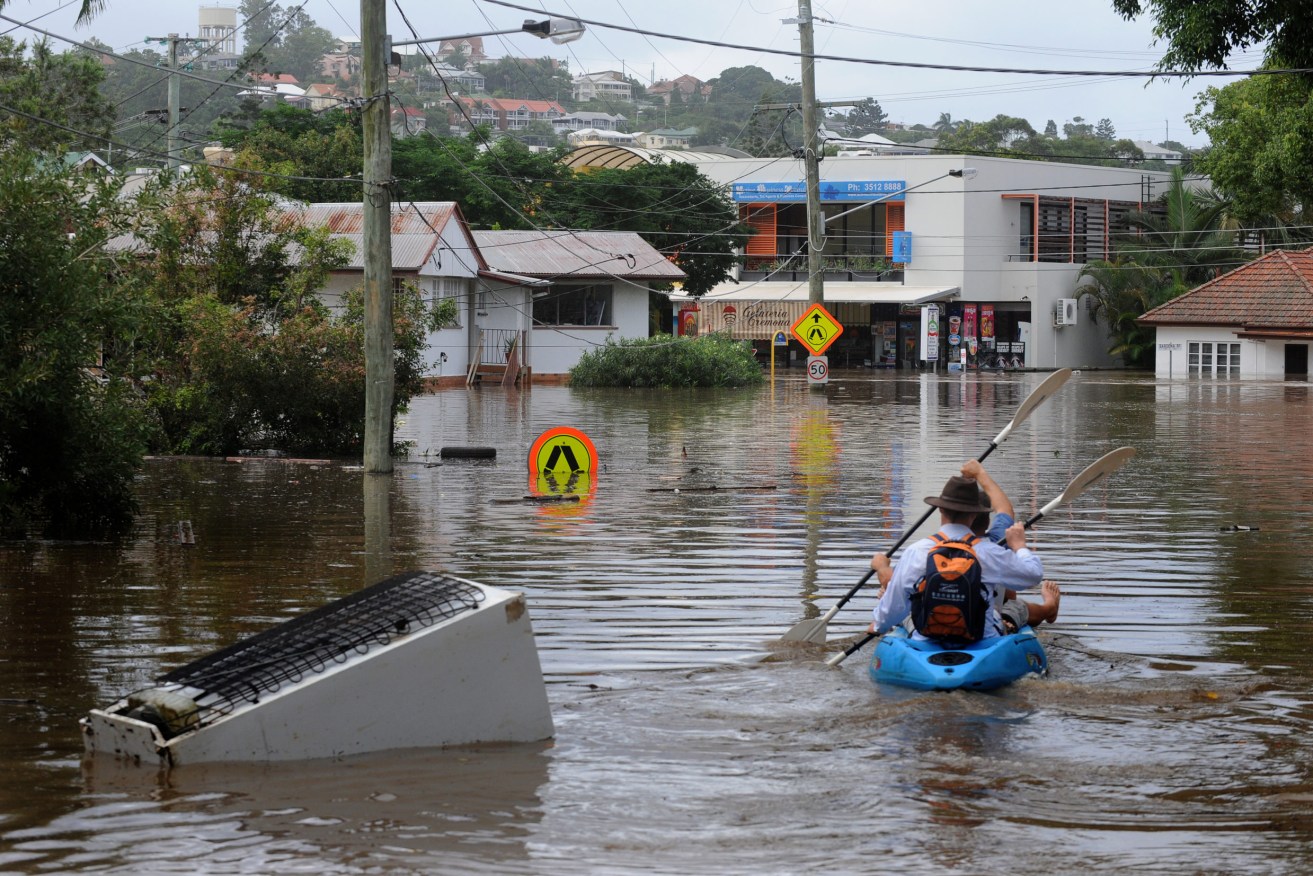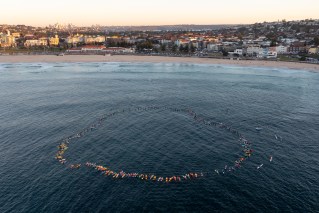Hole in the bucket: Water entity paid $18m to State but hid much larger liability
Government-owned water business Seqwater failed to account for its liability arising from a 2011 floods class action, showing its financial statements in a much better light

New data suggests as many as 1 million Australian homes are flood-prone, most of them in Queensland. (AAP Image/Dave Hunt)
In a report tabled in parliament today, Auditor-General Brendan Worrall criticised Seqwater for failing to recognise the financial implications of a November 2019 Supreme Court judgement against Seqwater, Sunwater and the Queensland Government.
The court found flood damage was exacerbated by the negligent operation of Wivenhoe and Somerset dams during the 2011 disaster and ordered the group to pay damages.
Worrall said the consequences of the judgement, in an accounting sense, were clear.
“The judgement created a financial obligation for the group members that can be estimated and is likely to require payment,” Worrall found.
“Under the accounting standards, Seqwater should have recognised a liability and a matching expense.”
Seqwater is one of Australia’s largest water businesses, managing about $11billion worth of assets including the SEQ water grid.
Worrall noted that another water authority, Sunwater, had recorded a $330 million liability and expense on its books in relation to the class action – and the court had found it responsible for only 30 per cent of any damages, whereas Seqwater was ordered to shoulder half of the liability.
While damages have yet to be finalised – insurers for Seqwater and Sunwater have appealed the judgement – the Sunwater calculation could put Seqwater’s potential exposure at around $550 million.
It remains to be seen whether the government will need to pour money into Seqwater to help pay for the damages, if the judgement stands. The entity is already carrying around $10 billion in debt.
“Seqwater and Sunwater hold insurance policies relevant to the class action, but may need to raise additional funding if they are unable to meet their class action liability when payment is required,” Worrall found.
Yet in 2019-20, and as a consequence of the accounting practices criticised by Worrall, Seqwater paid the Palaszczuk government a $17.917 million dividend. It was the first in several years, and came as the state budget was in the red and drifting deeper into debt.
Worrall found water entities were less profitable due to the class action, and were less likely to pay dividends to the government in future. That only served to show Seqwater’s accounting practices to be more unusual.
“By Seqwater not recognising its share of the expense (and associated liability), the sector’s reported profits for 2019–20 were higher than they should be,” he said.
The report was finalised before the state election but the Queensland Audit Office decided to delay its publication due to long-standing policies under the caretaker convention.
Comment has been sought from Seqwater and the government.












